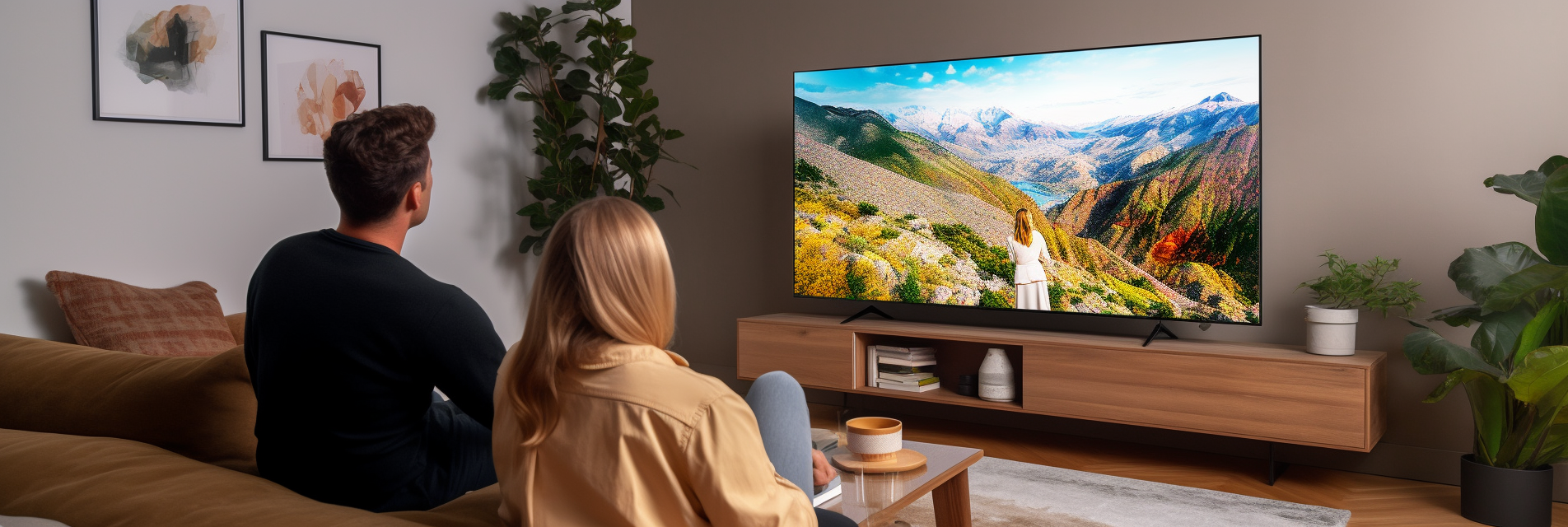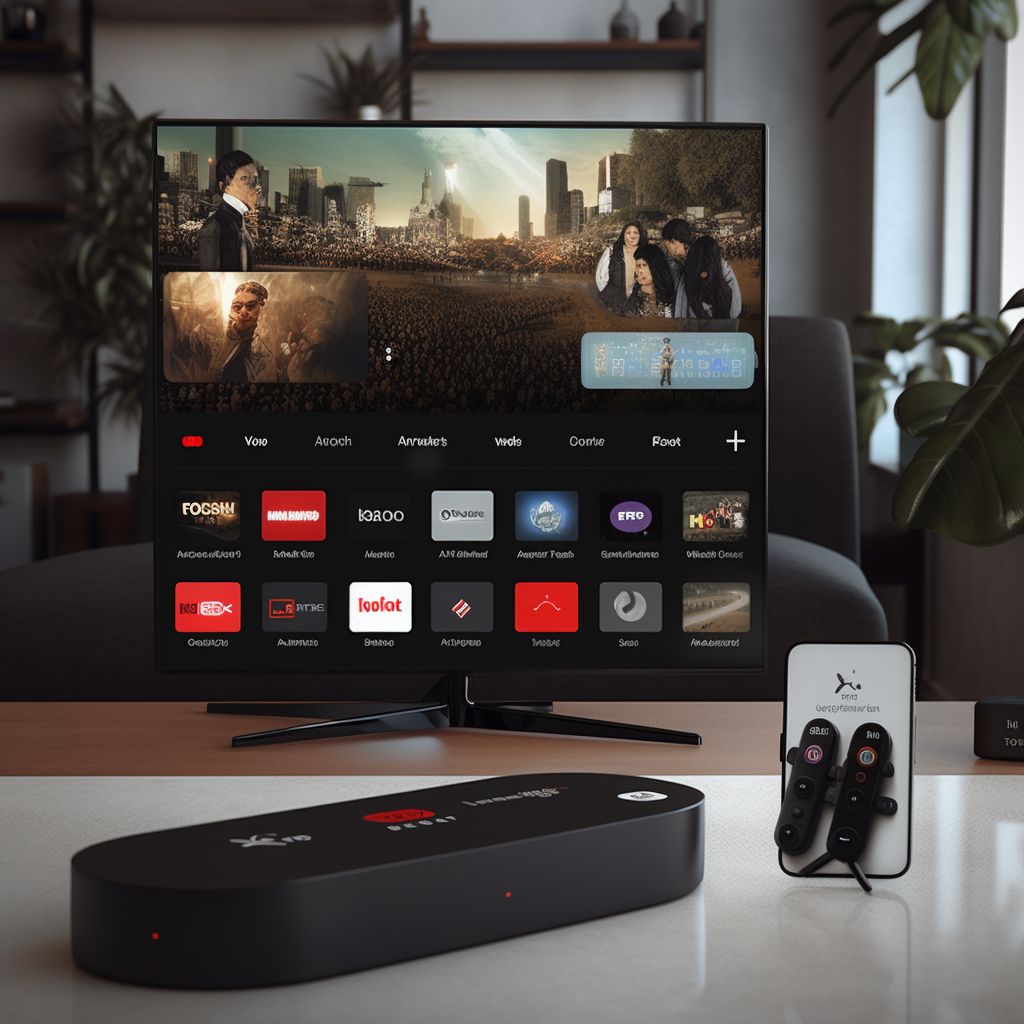Introduction
Did you know that over 62% of households are expected to cut traditional cable subscriptions by the end of 2023, with IPTV streaming becoming the preferred alternative? This seismic shift in viewing habits has occurred as viewers seek more flexible, cost-effective entertainment solutions. Finding the best iptv subscription can be challenging with hundreds of providers flooding the market. Whether you’re new to streaming or looking to upgrade from unreliable free services to paid iptv services, this comprehensive guide will navigate you through everything you need to know about selecting a quality IPTV provider that delivers exceptional value without compromising reliability.
Essential Features to Look For
When searching for premium IPTV services, certain key features separate the exceptional from the mediocre:
- High-Definition Streaming: Services offering 1080p or 4K resolution
- Device Compatibility: Support for Smart TVs, Firestick, Android boxes, iOS/Android devices
- Channel Variety: Mix of local, international, sports, and premium entertainment channels
- VOD Library: Extensive on-demand content including movies and TV series
- EPG Integration: Electronic Program Guide for easy navigation
- Multi-connection Support: Ability to stream on multiple devices simultaneously
- Low Buffering Rate: Server infrastructure that minimizes interruptions
Alternative Considerations: Look for providers offering catch-up services, DVR functionality, or specialized content packages if these align with your viewing preferences.
Timing Expectations
Understanding typical timeframes helps set realistic expectations for your IPTV experience:
Setup Time: 10-15 minutes on average for initial configuration
Subscription Duration Options:
- Monthly plans (most flexible)
- Quarterly plans (moderate savings)
- Annual plans (maximum value, 30-40% savings on average)
Content Update Frequency: Quality providers refresh content libraries weekly and update channel listings monthly
Pro Tip: Most reputable providers offer a short trial period (24-48 hours) to test compatibility and performance before committing to a longer subscription.
Step-by-Step Selection Process

Step 1: Identify Your Viewing Priorities
Begin by listing your must-have channels, preferred content types, and viewing habits. Are you primarily interested in sports? International programming? Movies? This foundation will guide your provider selection.
Step 2: Research Provider Reputation
Check review sites, Reddit communities, and dedicated IPTV forums for genuine user experiences. Look for providers with at least 12 months of operational history and consistent feedback regarding reliability.
Step 3: Verify Technical Compatibility
Ensure the service works with your existing devices. Many quality providers offer web-based players along with dedicated apps for various platforms.
Step 4: Evaluate Customer Support
Test response times by contacting support with pre-purchase questions. Responsive providers typically reply within 4-6 hours and offer multiple contact methods.
Step 5: Assess the Free Trial
Sign up for trials with 2-3 shortlisted providers. During each trial, test:
- Stream stability during peak hours
- Channel switching speed
- Video quality consistency
- EPG accuracy
Service Performance Metrics
When evaluating IPTV performance, consider these key metrics:
Uptime Percentage: Aim for providers with 99%+ uptime
Buffering Frequency: Less than 5% of viewing time
Channel Loading Speed: Under 3 seconds for standard channels
Support Response Time: Within 12 hours for non-emergency issues
Data Insight: According to recent industry surveys, the average premium IPTV service maintains 99.3% uptime with approximately 2% of viewing time affected by buffering.
Budget-Friendly Alternatives
If premium services stretch your budget, consider these alternatives:
- Legal Streaming Bundles: Services like Sling TV, YouTube TV or Philo
- Free Ad-Supported Platforms: Pluto TV, Tubi, or network-specific apps
- Combo Subscriptions: Shared accounts with family members for mainstream services
These options maintain legal compliance while offering quality entertainment at reduced costs.
Content Implementation Suggestions
Make the most of your IPTV subscription with these implementation tips:
- Configure your home network for optimal streaming (wired connections preferred)
- Install a quality VPN service for enhanced privacy and potential geo-restriction bypassing
- Create favorites lists organized by content category for quicker access
- Schedule automatic updates for your IPTV application
Common Implementation Mistakes
Avoid these typical pitfalls when setting up your IPTV service:
- Using outdated hardware that can’t process HD streams efficiently
- Skipping network optimization, resulting in unnecessary buffering
- Choosing price over reliability when selecting providers
- Failing to research legality in your specific region
- Not backing up configuration settings after initial setup
Maintenance and Troubleshooting Tips
Keep your IPTV experience running smoothly with these maintenance practices:
- Regularly clear cache from your IPTV application (bi-weekly)
- Update your streaming device’s firmware promptly
- Maintain a backup internet connection option for critical viewing events
- Document working settings before making configuration changes
Conclusion
Finding the right IPTV subscription requires balancing content variety, reliability, and value. By following this systematic approach to selecting and implementing your service, you’ll enjoy a dramatically enhanced viewing experience compared to traditional cable. The flexibility and extensive content libraries make IPTV an increasingly attractive option for modern viewers seeking entertainment on their terms. Ready to transform your entertainment setup? Begin by testing services that align with your specific viewing preferences, and remember that the perfect IPTV solution is the one that seamlessly integrates with your unique lifestyle.
Frequently Asked Questions
Q: Are IPTV subscriptions legal?
A: The legality varies by country and depends on the specific service. Many IPTV services operate in legal gray areas. Services that properly license their content are completely legal, while others may infringe on copyright laws.
Q: Why does my IPTV stream buffer frequently?
A: Buffering typically results from inadequate internet speed (minimum 25Mbps recommended), network congestion, server issues with your provider, or device limitations processing the stream.
Q: Can I use IPTV services while traveling internationally?
A: Yes, most services work globally, though you may experience different content availability due to licensing restrictions. Using a VPN can help maintain access to your usual content lineup.
Q: How many devices can use one IPTV subscription simultaneously?
A: This varies by provider. Basic plans typically allow 1-2 connections, while premium plans may support 4-5 simultaneous streams across different devices.
Q: What’s the difference between IPTV and regular streaming services like Netflix?
A: IPTV typically offers live TV channels similar to cable television alongside on-demand content, while services like Netflix focus exclusively on on-demand programming without live broadcasts.


